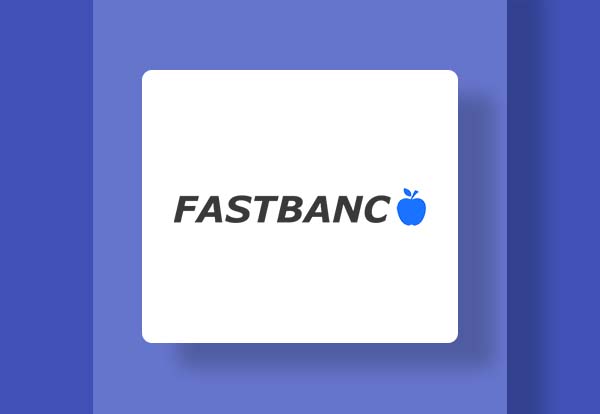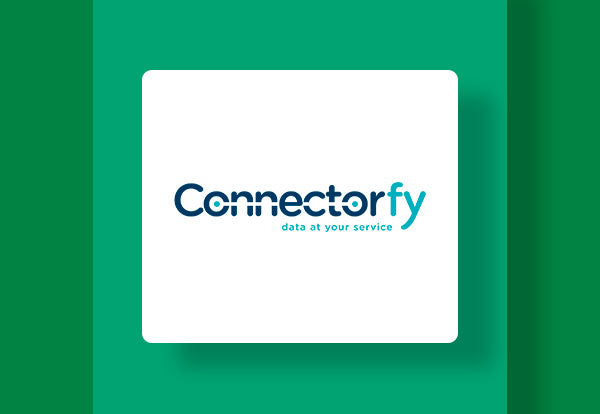What is electronic invoicing?
The electronic invoice is a digital document that replaces traditional paper invoices. It has the same legal effects as a conventional invoice and contains the same information as a physical invoice, such as details of the seller and buyer, description of the goods or services, prices, taxes, and other data relevant to the commercial transaction.
It is important to note that the issuance of an electronic invoice is subject to the consent of its recipient . The electronic invoice is therefore a legal alternative to the traditional paper invoice.
The electronic invoice is issued, sent, received and archived in electronic format, which simplifies administrative and financial processes for both companies and public administrations.
Why choose electronic invoicing?
-
Shorten processing cycles, including collection
-
Lower probability of fraud
-
Less environmental impact
-
Reducing human errors
-
Saving storage space
-
Quick and agile access
-
Greater security in shipping
-
Digitizing the sector
-
Improve customer service
In summary: security, access, savings, sustainability, caution
Types of electronic invoice
- Invoices in structured format
Structured invoices store data and can be automatically created by the issuer's billing computer systems. These invoices can then be automatically processed by the recipient's payment and accounting computer systems.
- Invoices in unstructured format
Unstructured invoices are mostly images, meaning that integrating them into the recipient's IT systems requires manual intervention or a costly process such as optical character recognition (OCR). This type of invoice includes documents such as scanned paper invoices or PDF files.
Elements that the electronic invoice must have
Electronic invoices must include all the necessary information regarding the transaction carried out, as well as the data of both parties. In other words, they must contain the same data required in traditional paper invoices, regulated by Royal Decree 1619/2012, of November 30 .
This is:-
Invoice number and series (if applicable).
-
Identification data of the sender and the receiver.
-
NIF of the issuer and the receiver.
-
Issue date.
-
Date of provision of services.
-
Concept or description of operations.
-
Tax base (price of operations excluding taxes).
-
Tax rate and applicable taxes.
New billing obligations
-
Royal Decree 1007/2023 of December 5 regulating billing information systems. Verifactu Project
-
Development of mandatory electronic invoice for B2B
The catalysts for these reforms are software developers and professionals from the world of consulting. According to the Ministry, the aim of this law is to combat late payments and “guarantee the traceability and control of payments between companies and self-employed workers”. All this thanks to the universality of electronic invoicing.
Verifactu project
-
Goals
-
Making billing tax-safe
-
All entrepreneurs should share analog systems (digitalization) standardization between companies
-
Administrative simplification
-
All invoices must be issued digitally using software certified by the Tax Agency. Invoices made in Word or Excel will no longer be valid.
-
What does Verifactu aim to regulate?
The way in which computer systems must comply with the legal requirements of integrity, conservation, accessibility, legibility, traceability and inalterability of billing records. In this way, the data in billing software is reliable and cannot be manipulated.
-
How are Verifactu invoices identified?
-
Incorporate a QR code to reinforce security and verify tax quality
-
Sending information to AEAT through this QR
-
Event log
-
Certification
-
The manufacturer certifies, through its responsible declaration, that the computer system complies with the provisions of art. 29.2.j of RD 100/23
-
It must be in writing, visible within the system itself and kept for the limitation period.
-
Deadlines and entry into force
-
October 11, 2021: Law 11/2021 Tax fraud prevention
-
December 7, 2023 RD 1007/2023 Development Regulation
-
January 3-24, 2024 public information hearing process
-
9 months of production for manufacturers to adapt their programs, that is, September 5, 2024
-
July 1, 2025 deadline for adaptation and entry into force
Development of mandatory electronic invoice for B2B
Since January 15, 2015, all companies that have commercial relations with public administrations have had to adapt to the new model and send their invoices through a structured format known as Facturae.
However, between 2023 and 2025, electronic invoicing will become mandatory for all companies and self-employed persons in their commercial relations with other companies and self-employed persons (B2B) as provided in the Create and Grow Law 18/2022 , this law establishes the following:
-
Obligation to issue, send and receive electronic invoices in all commercial relations with companies and self-employed workers
-
Promote business growth by improving the regulatory framework and simplifying legislation and procedures.
-
The creation of a new company is also streamlined with electronic processing through the CIRCE one-stop shop, which reduces time, deadlines and costs for the entrepreneur.
-
Implement mandatory use of electronic invoicing, which guarantees greater traceability and will prevent or significantly reduce late payments.
-
We should also promote alternative financing by improving the regulation of mechanisms such as crowdfunding, collective investment and venture capital and strengthening investor protection by reducing management costs.
The ultimate goal: to universalize electronic invoicing in all commercial relations , by digitalizing invoicing to evolve as a society and fight against late payment and tax fraud.
-
From what dates will it be mandatory to issue electronic invoices?
-
For companies with a turnover of more than 8 million euros
-
Before 1 year
-
-
For the rest
-
2 years from regulatory development.
-
-
For self-employed
-
3 years from regulatory development.
-
It is likely that, in principle, by 2025 all companies will have already adopted electronic invoicing.
-
Specific requirements
-
That they are issued through a tax agency billing program or certified software
-
They must have an alphanumeric identification code and a QR code
-
That they are issued in a format accessible to the recipients
-
They must include the phrase “invoice verifiable at the AEAT electronic headquarters” or “VeriFactu”, a device that guarantees that all tax obligations are met.






